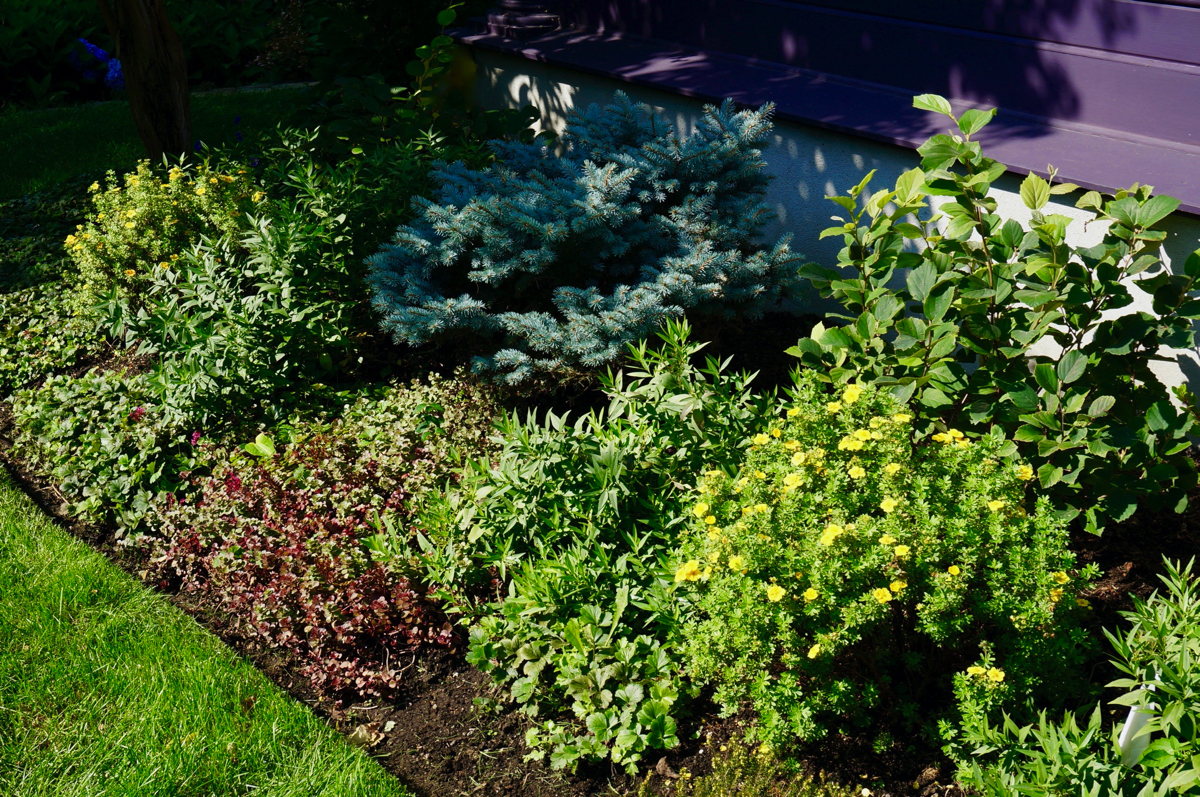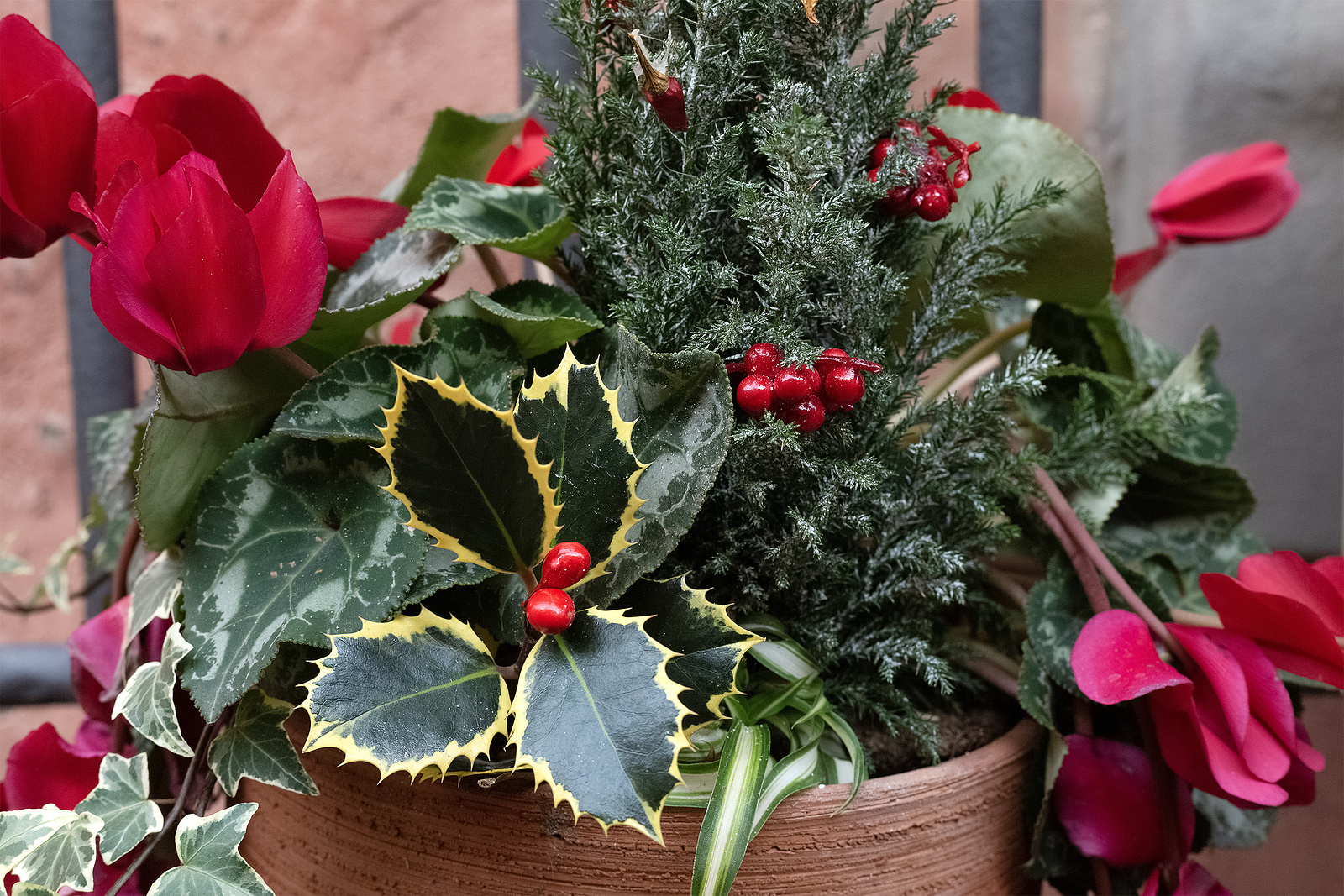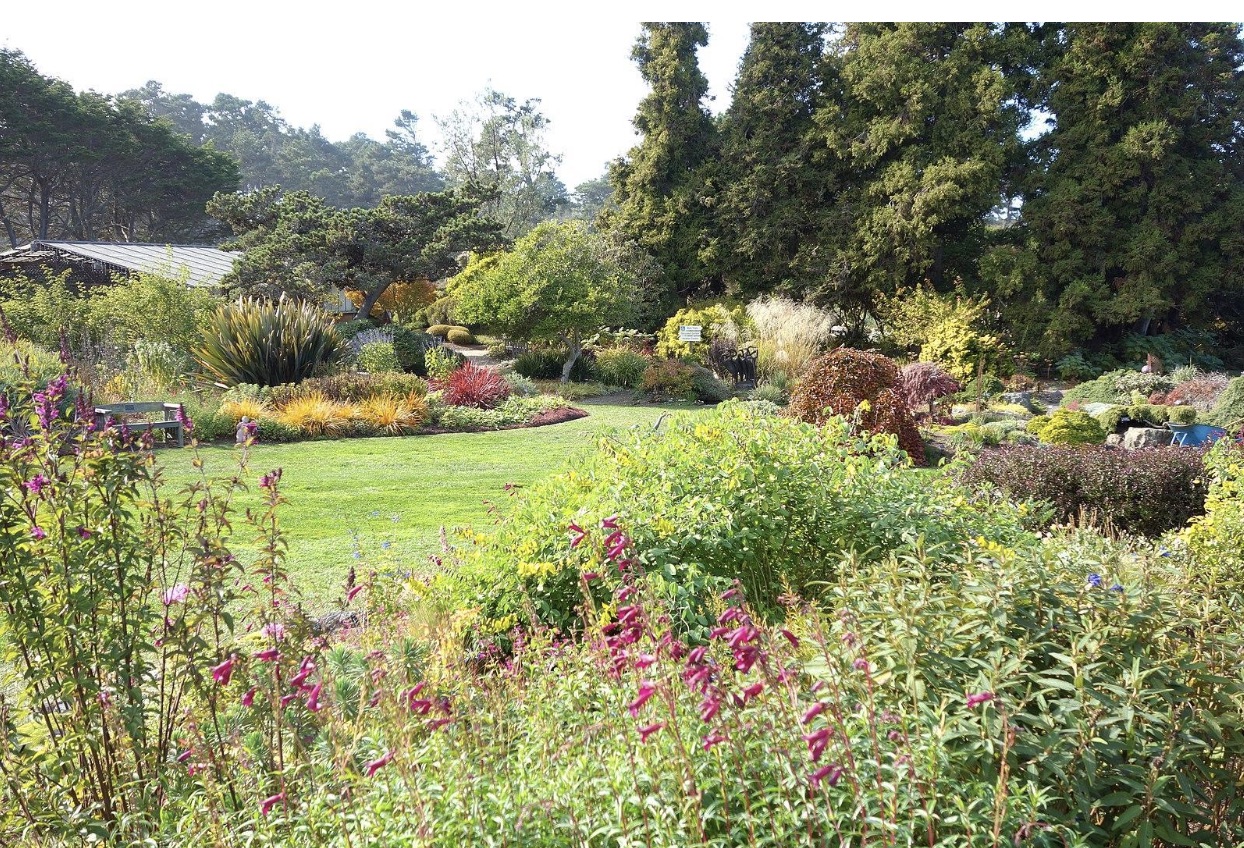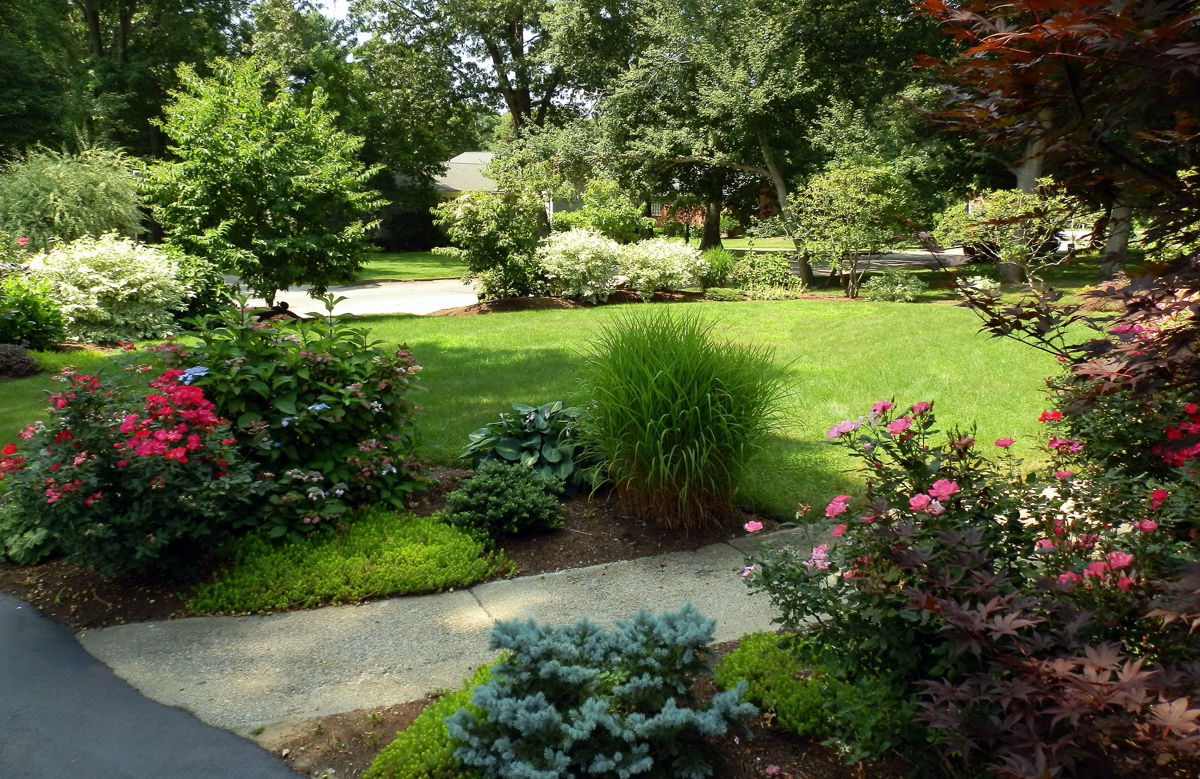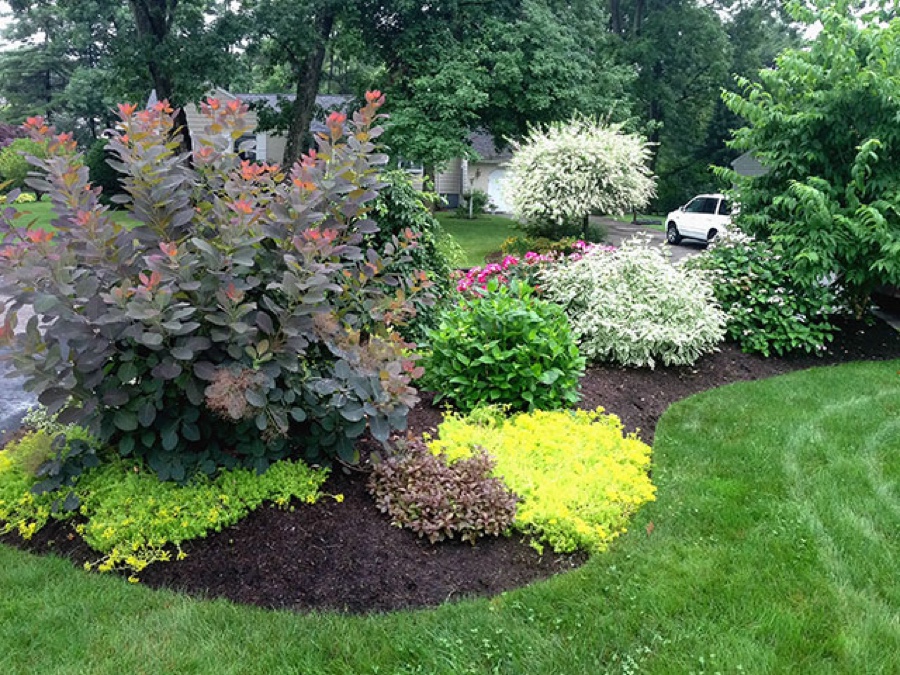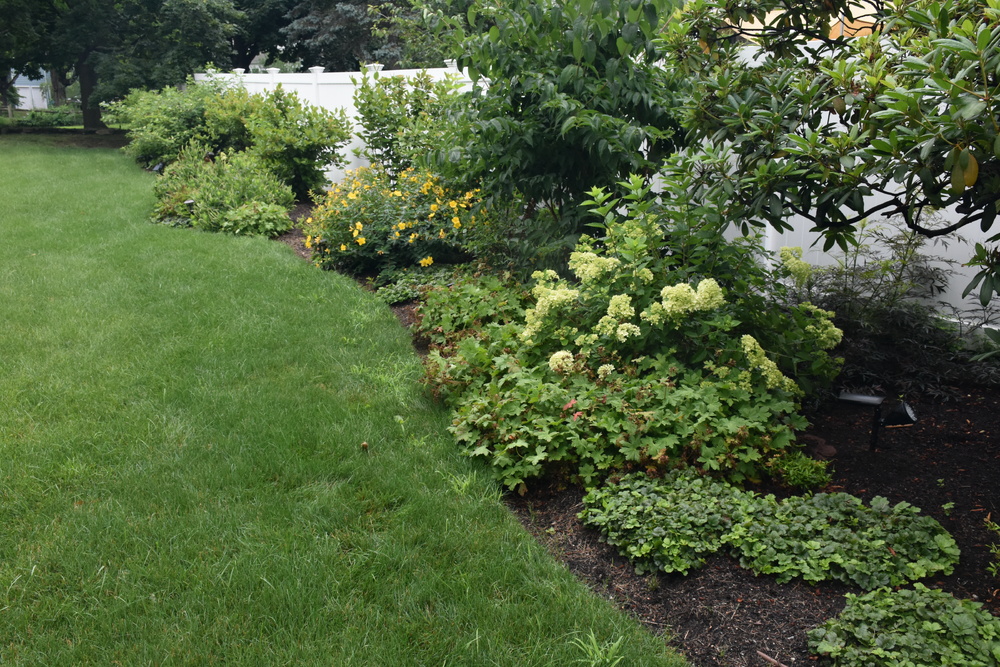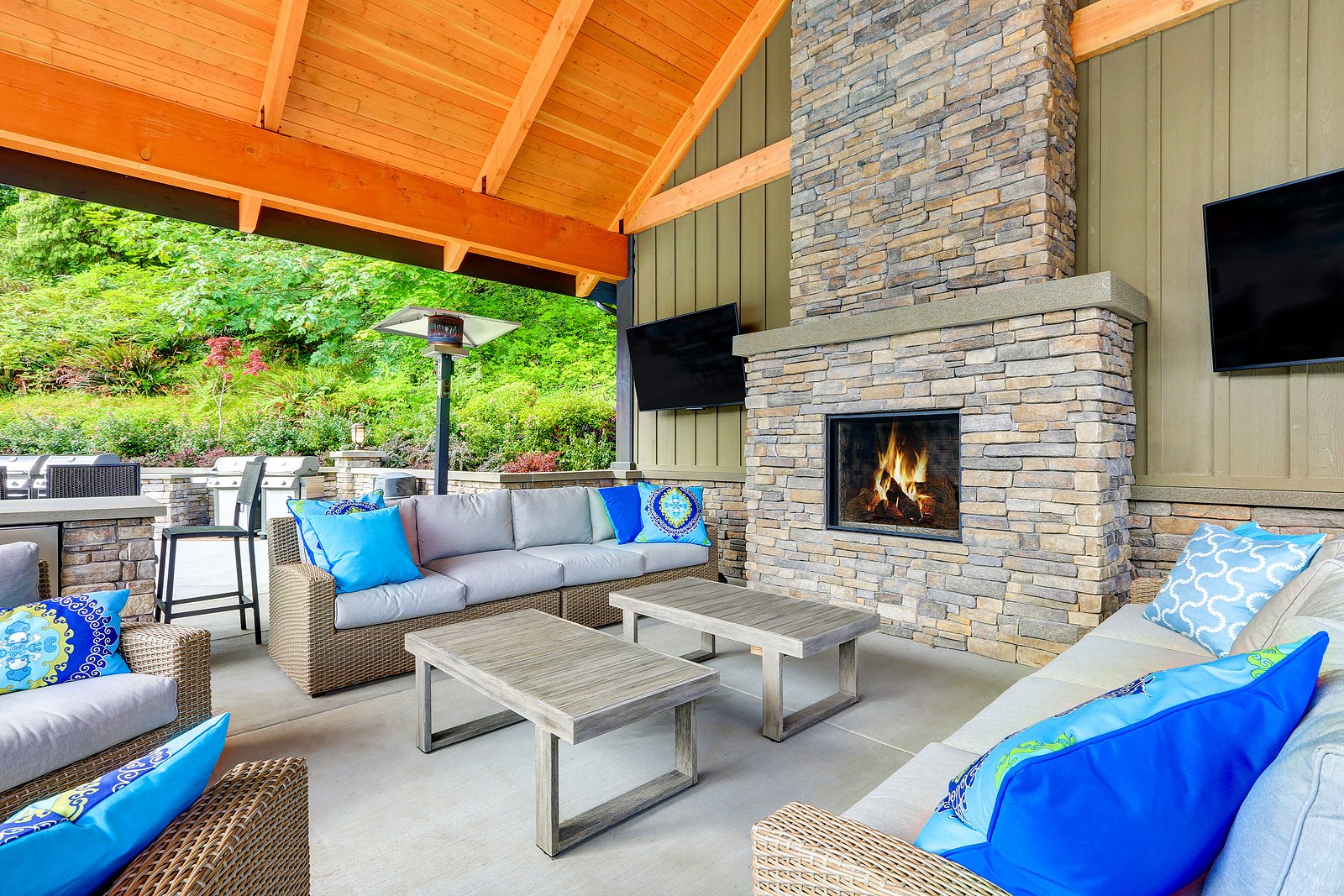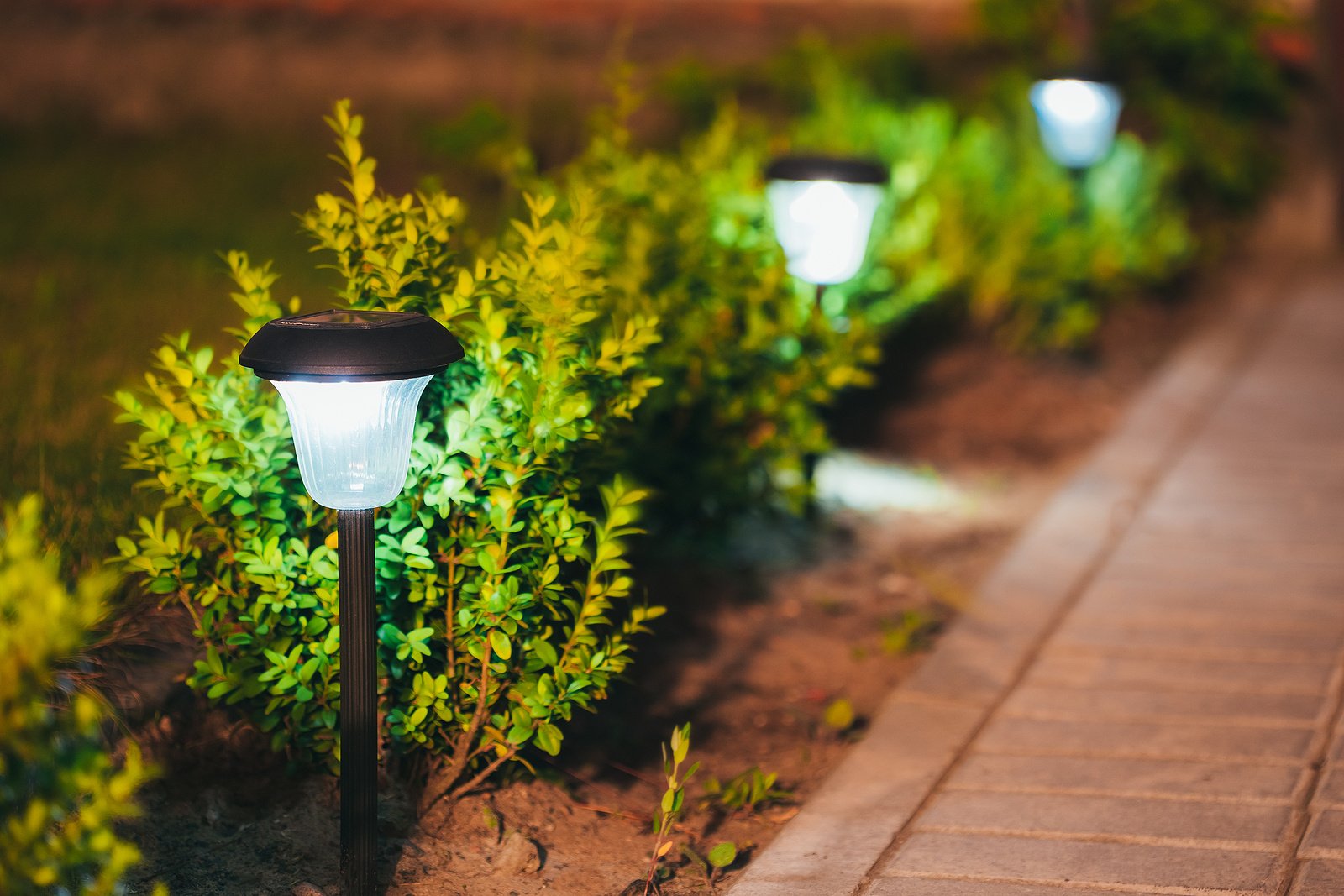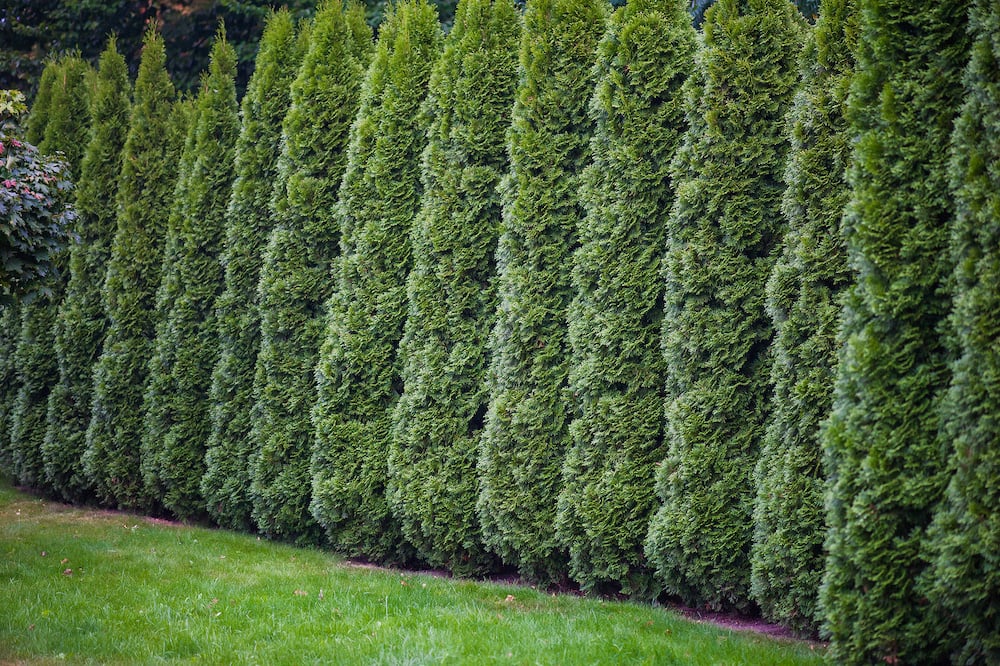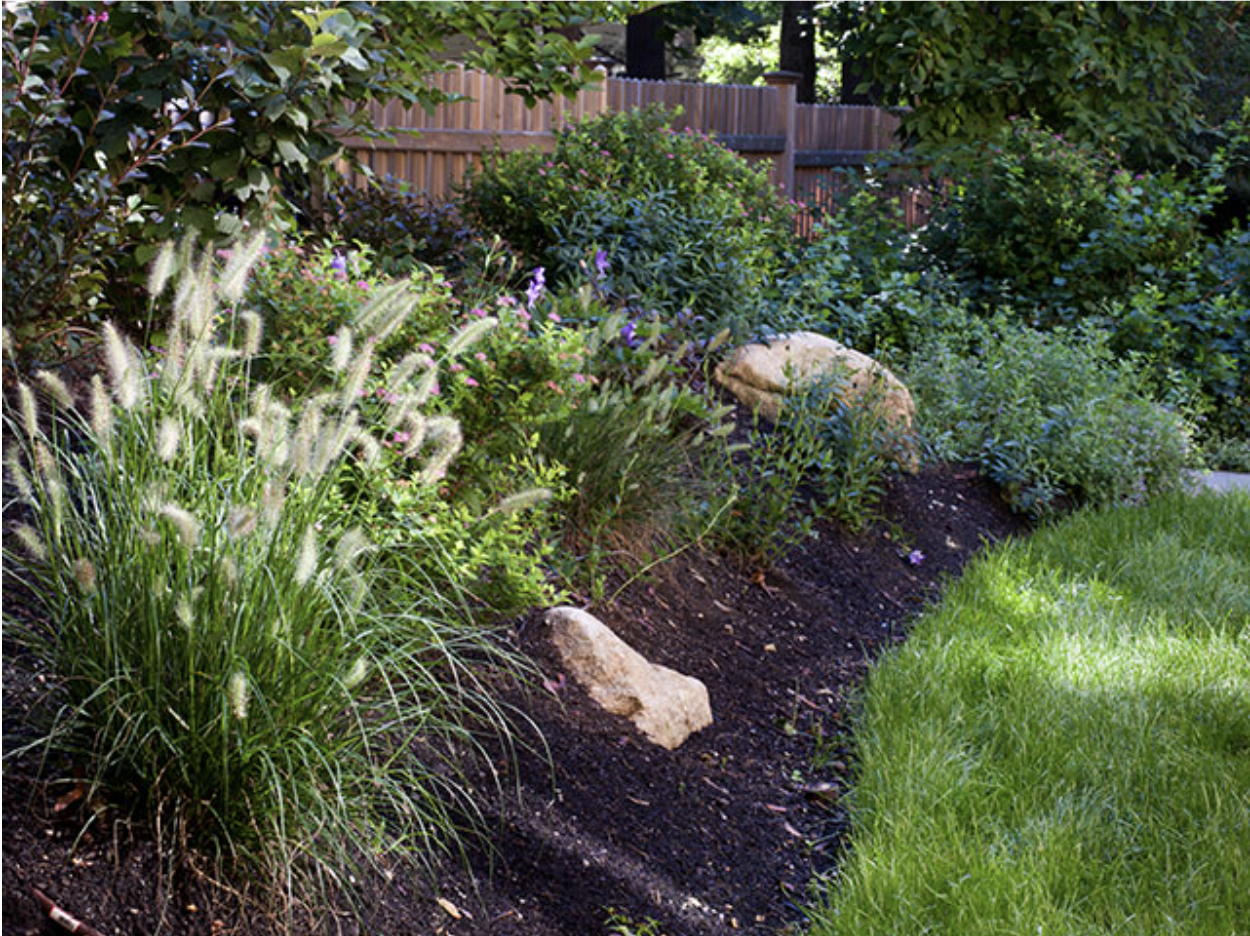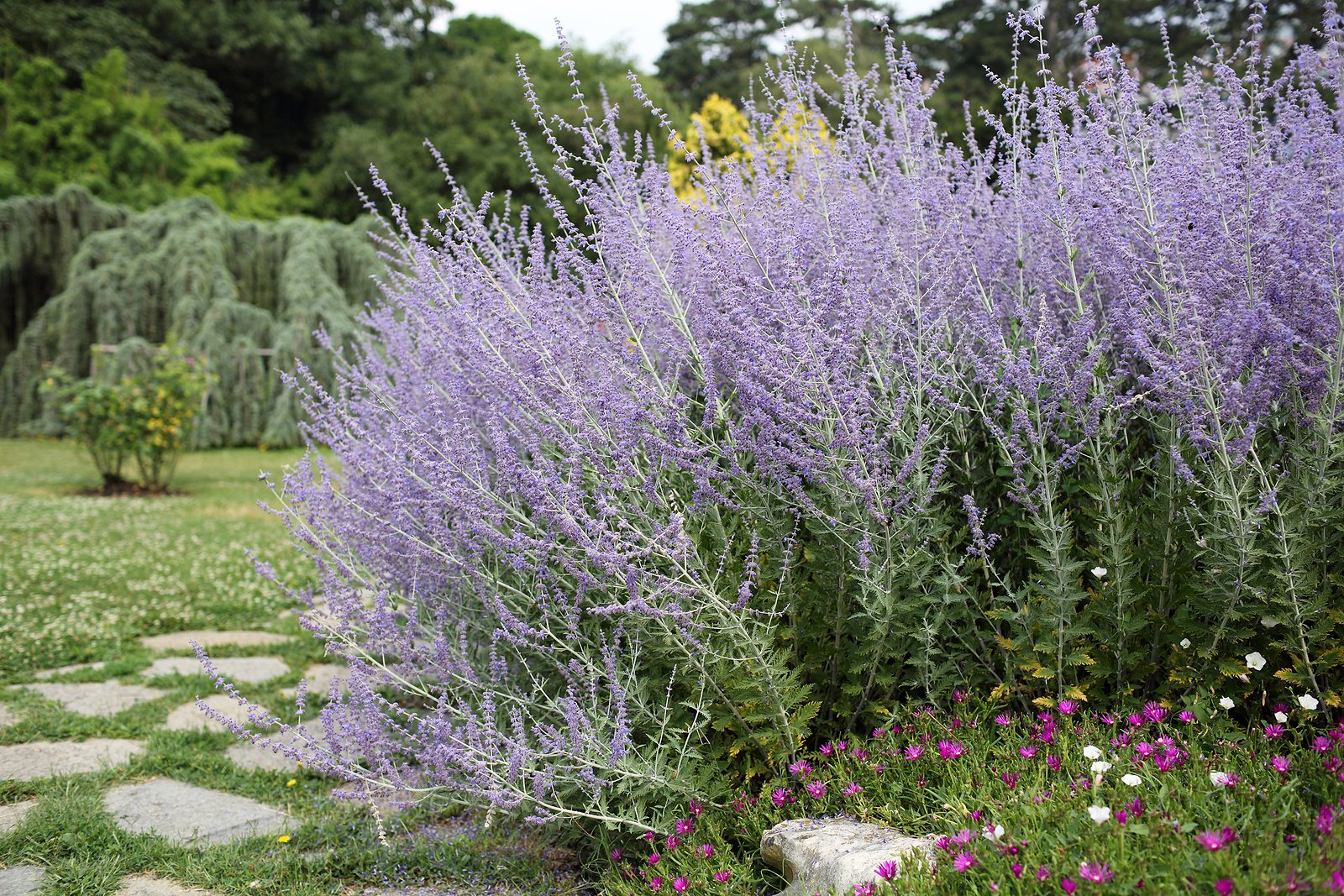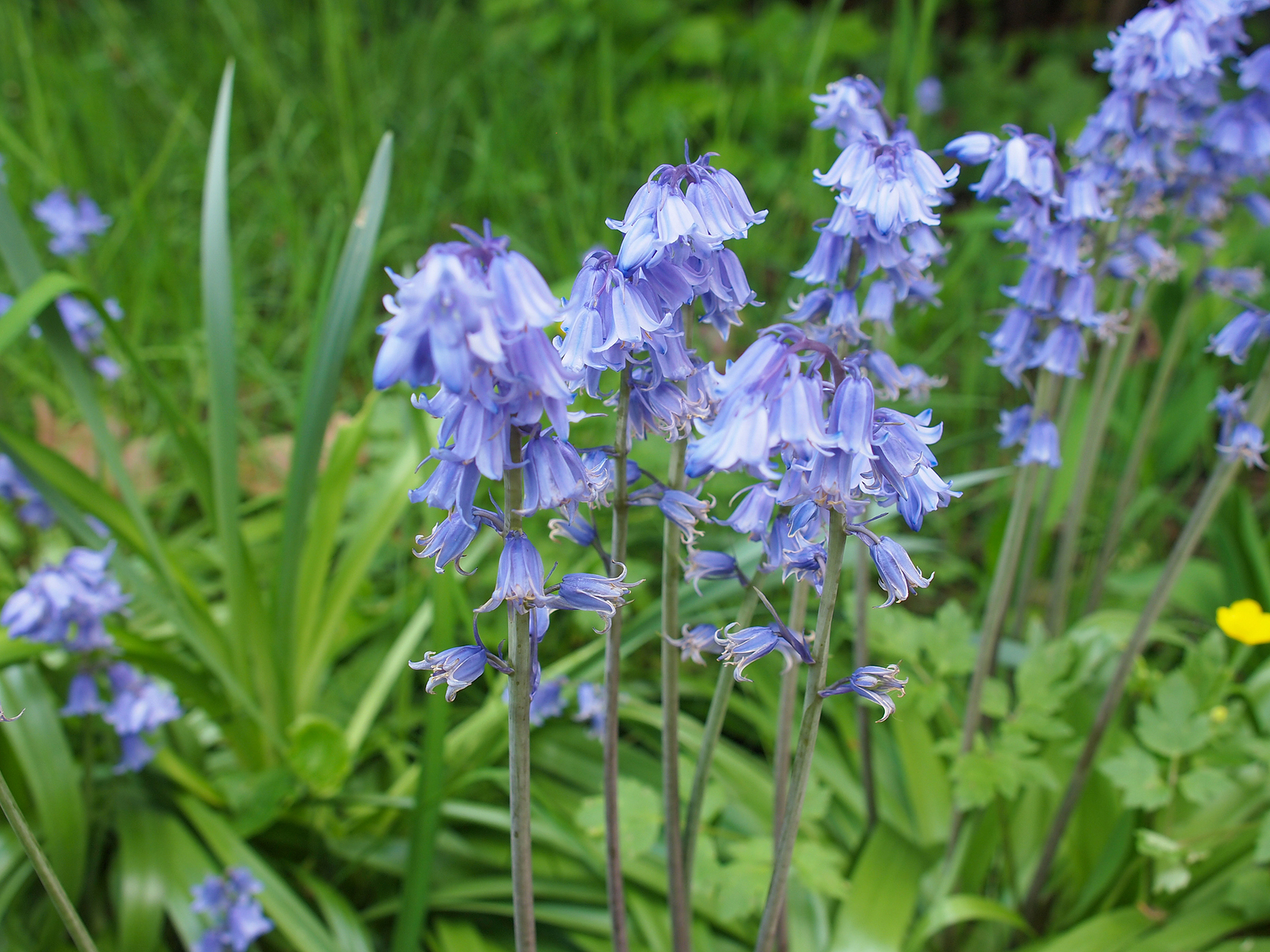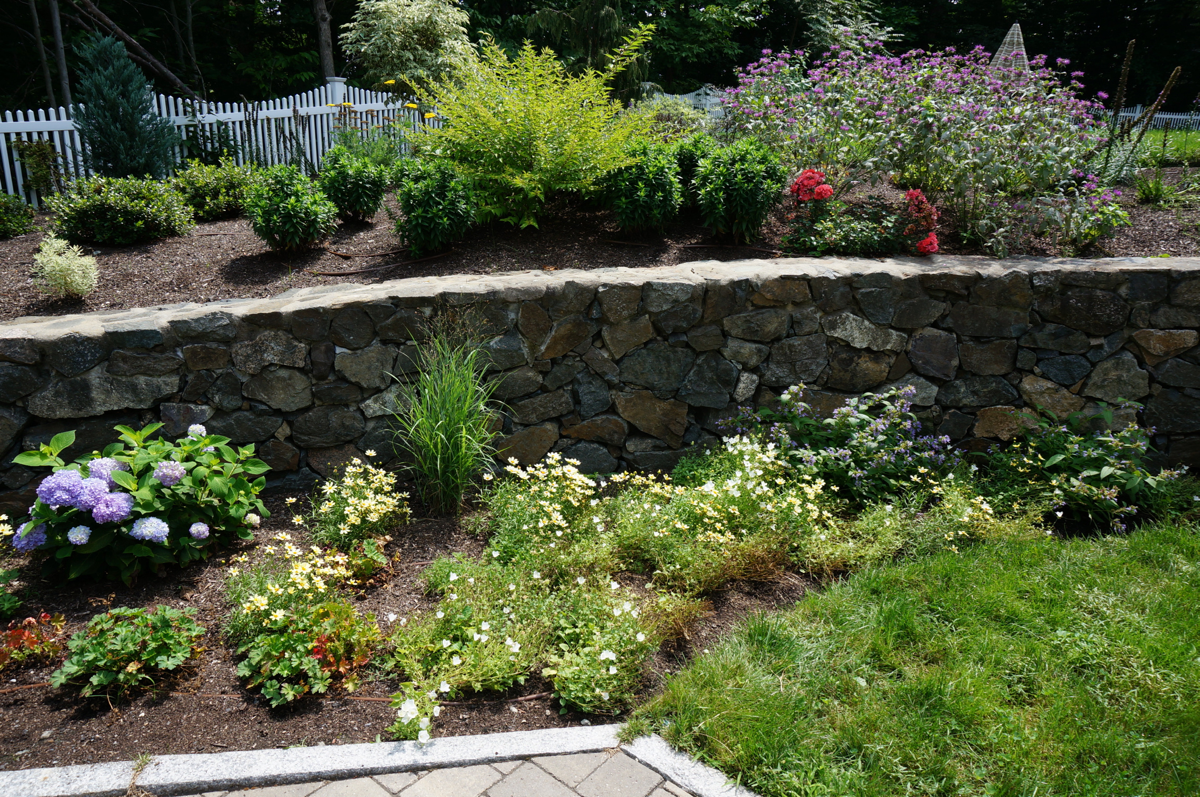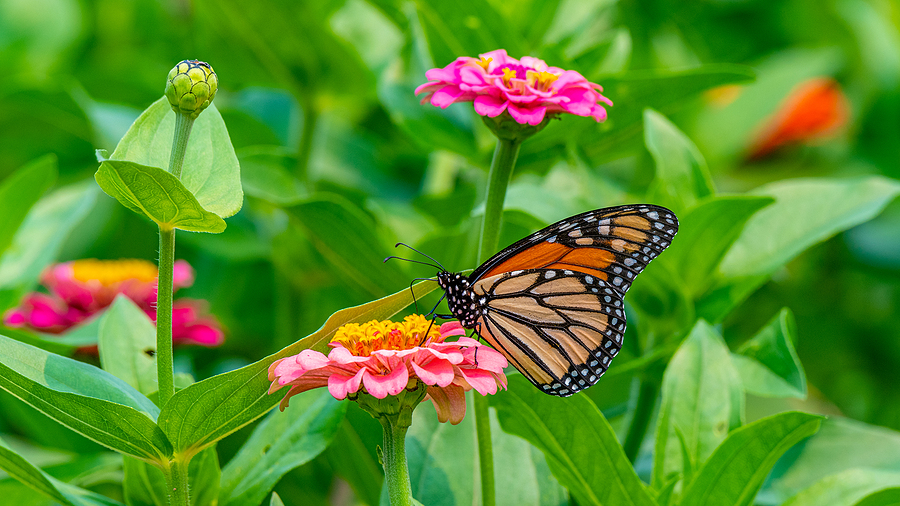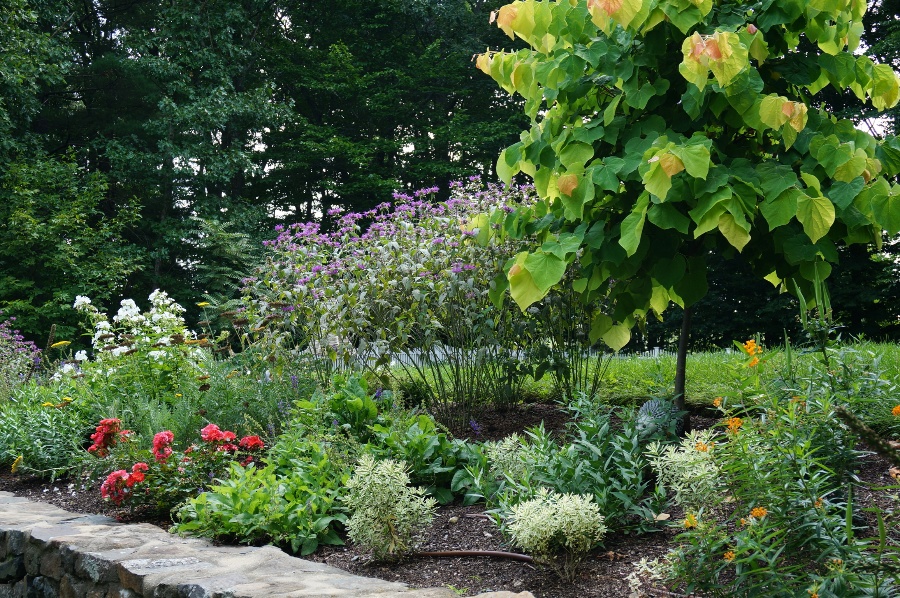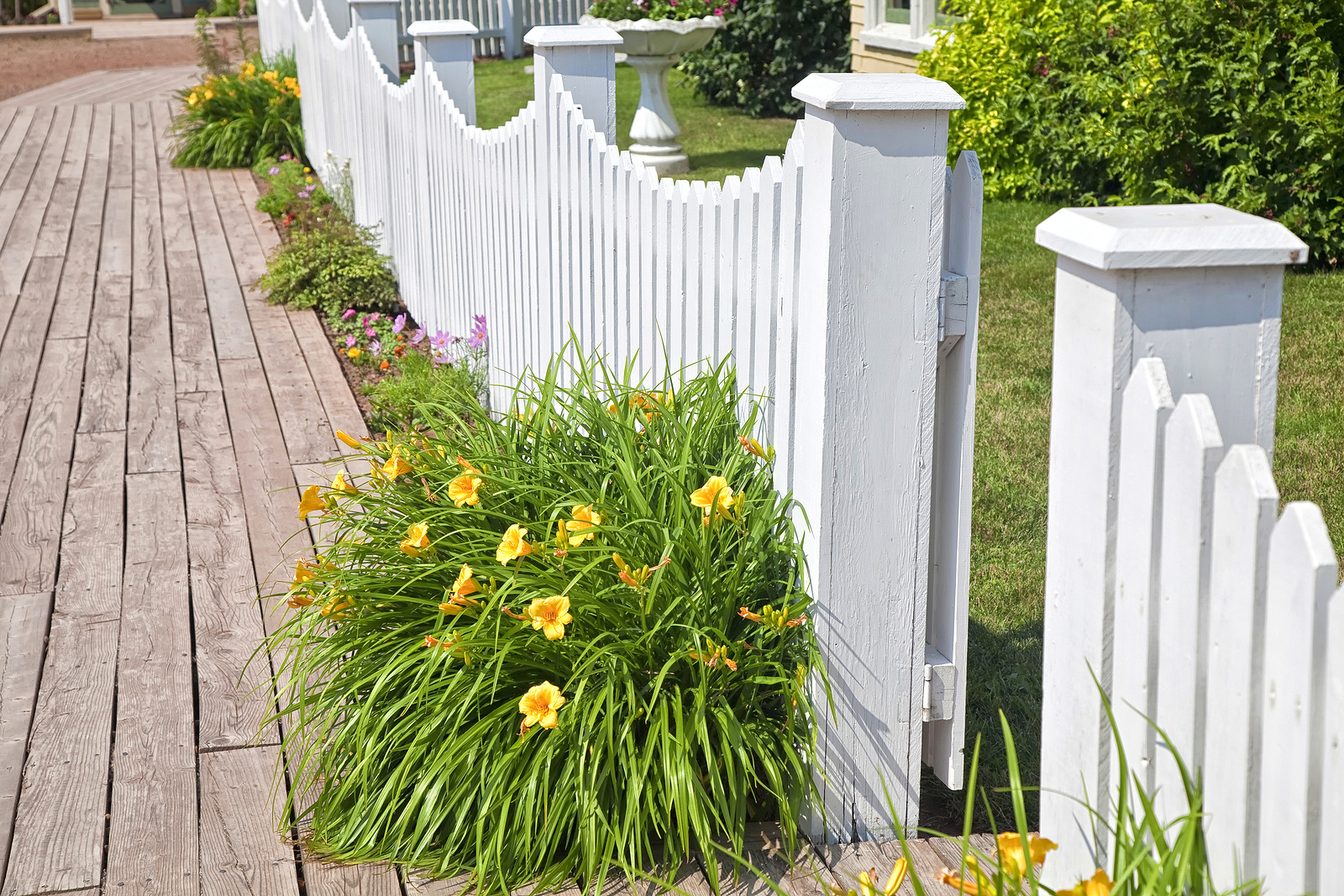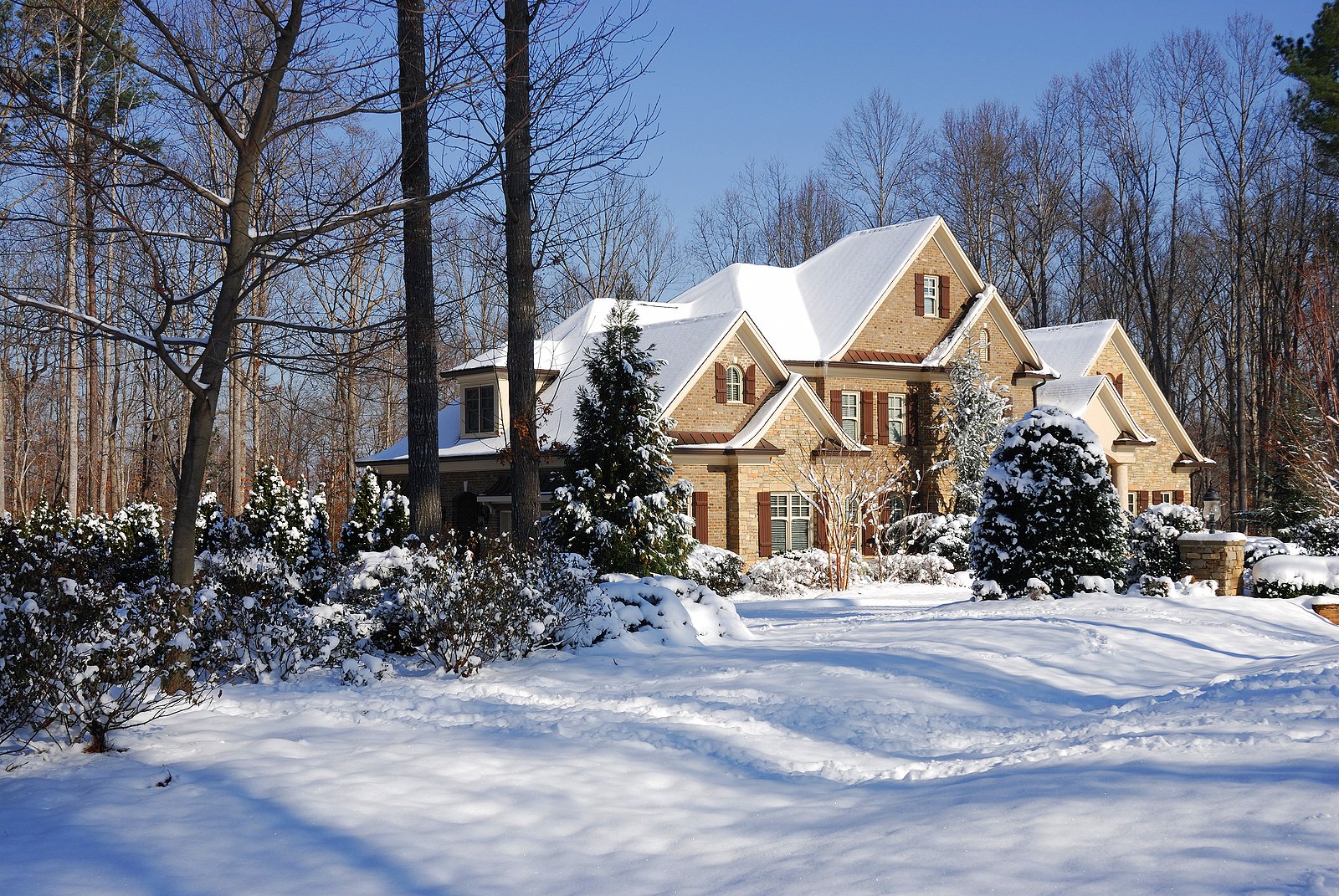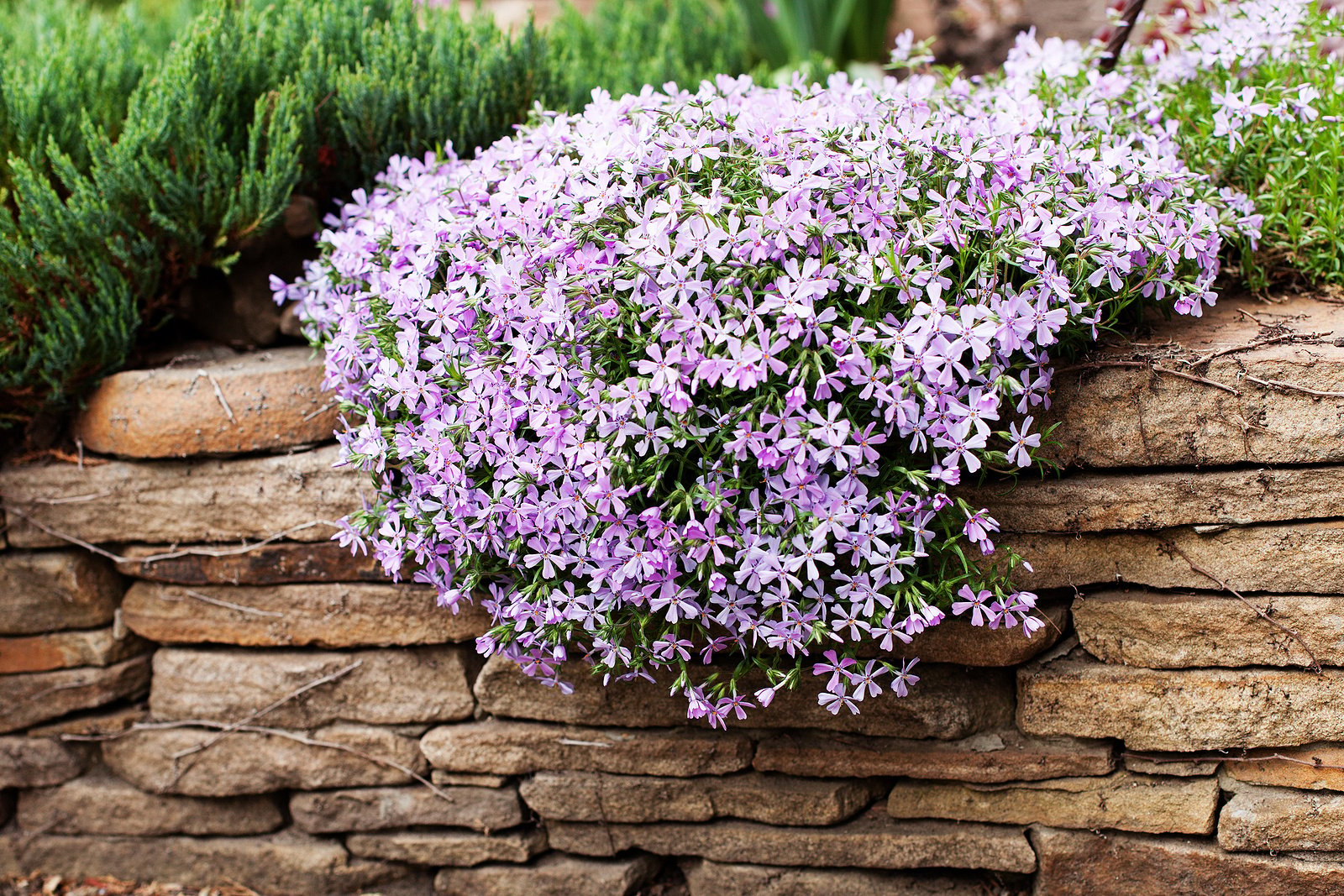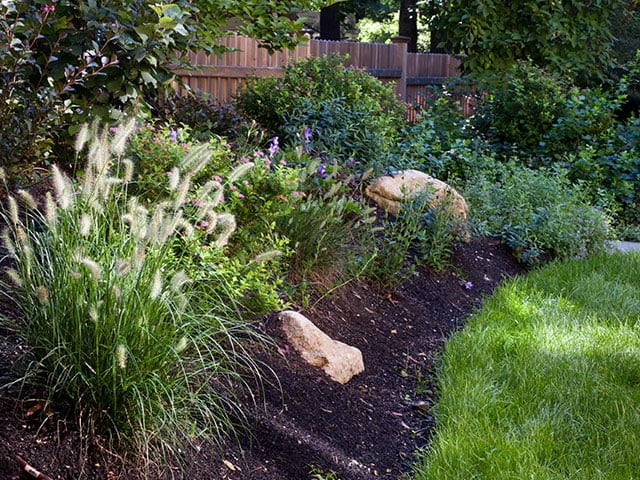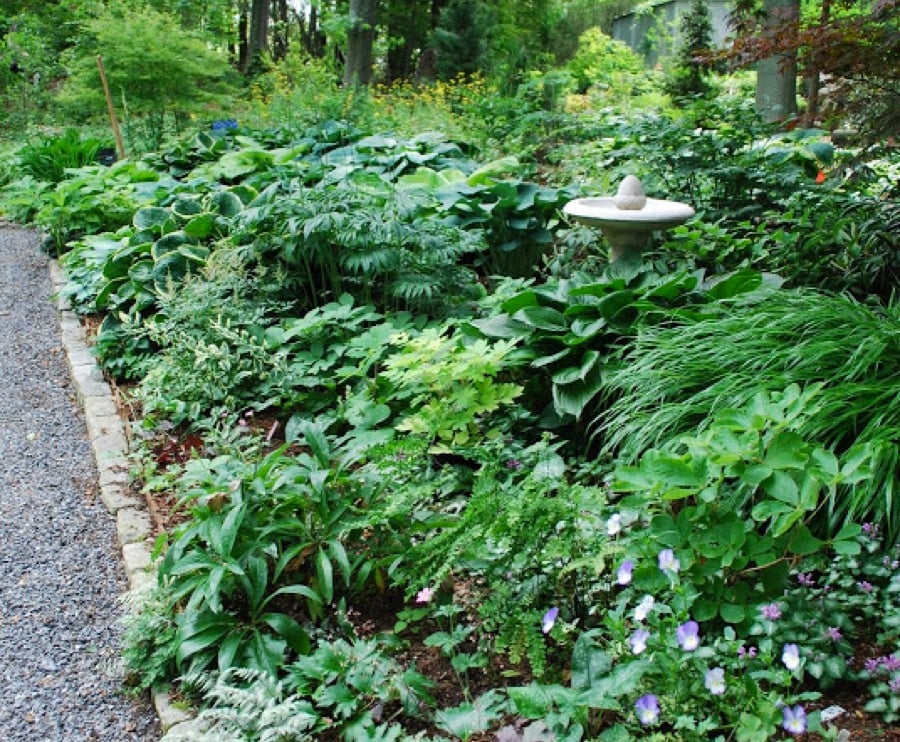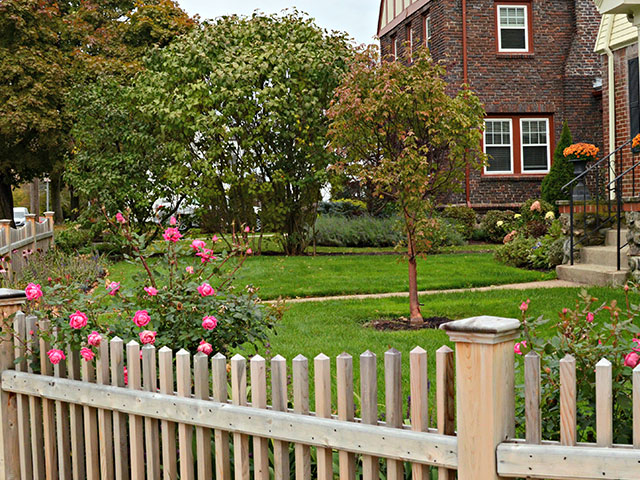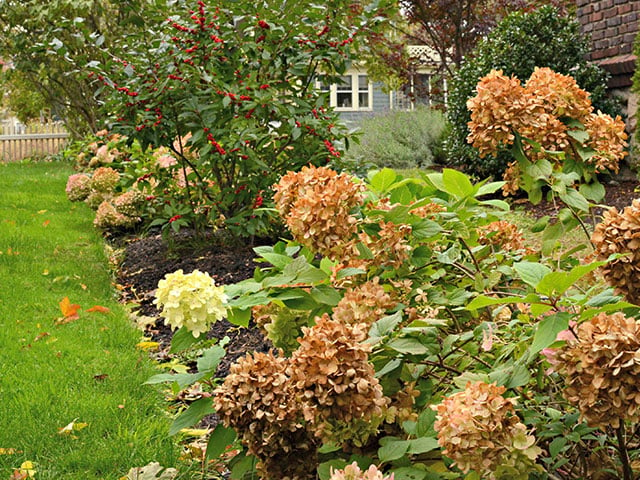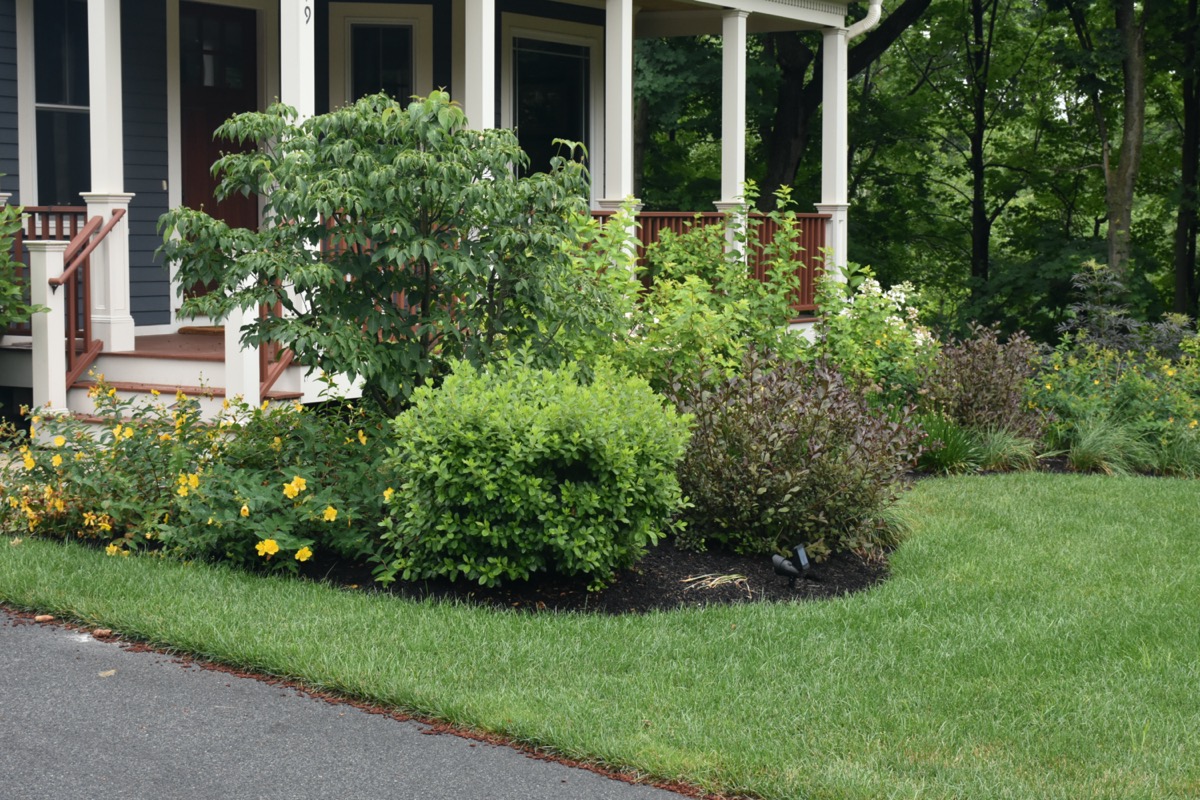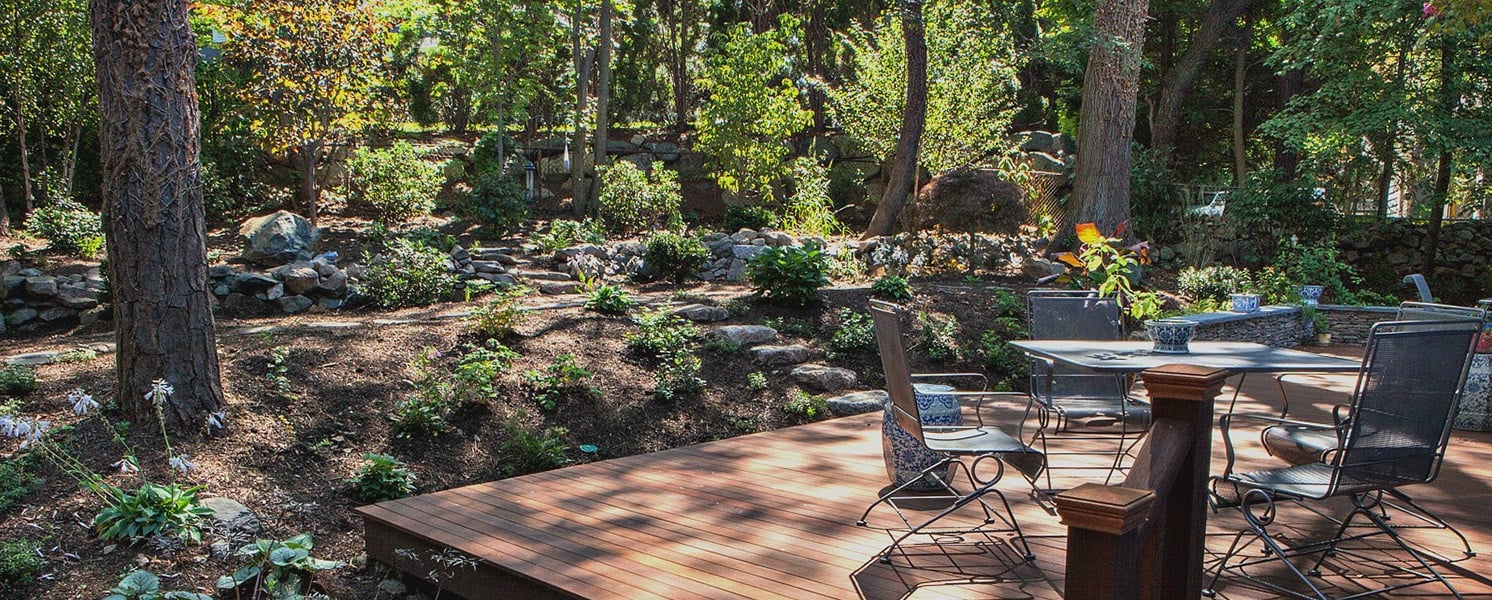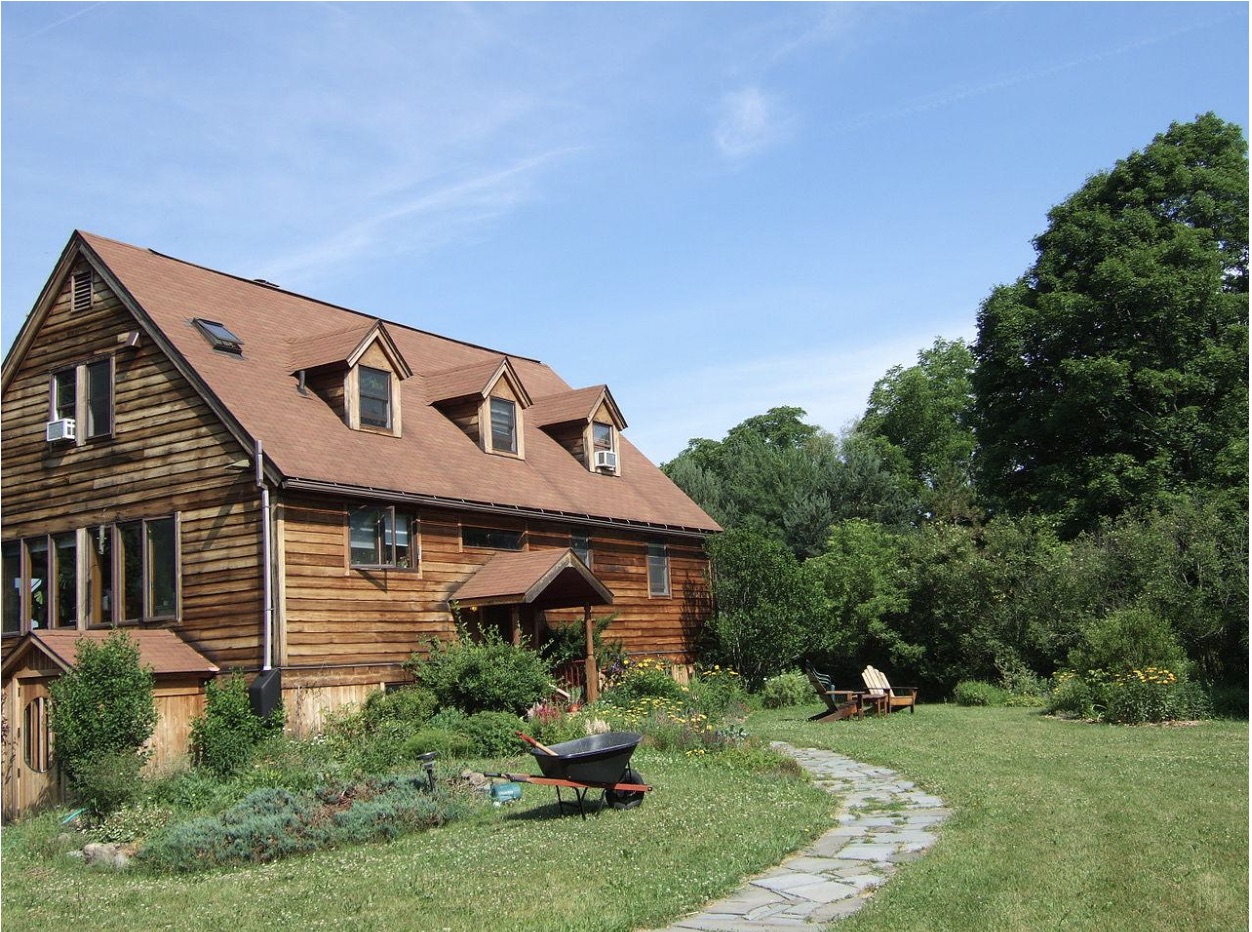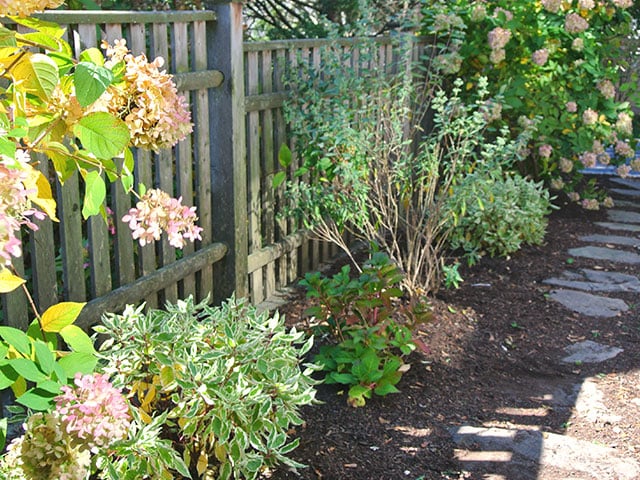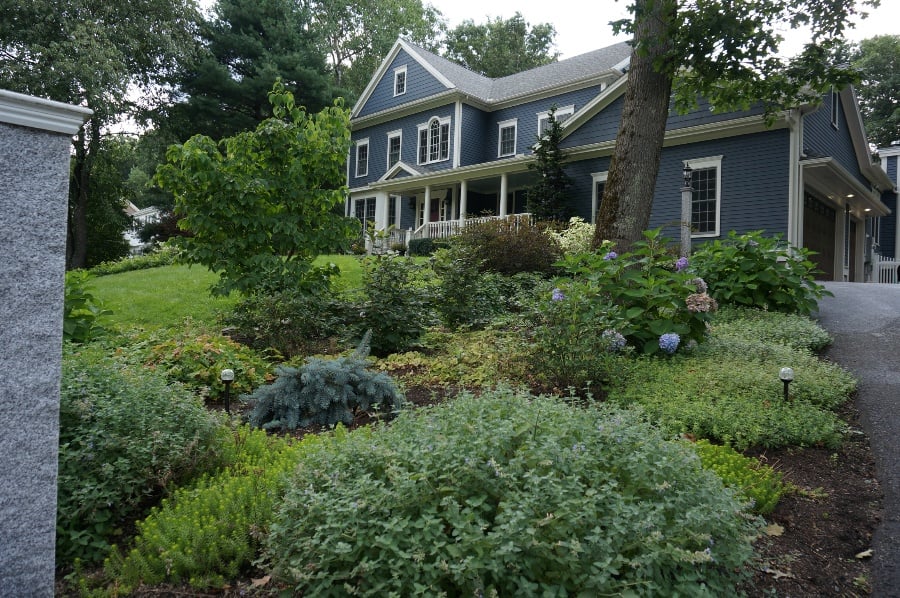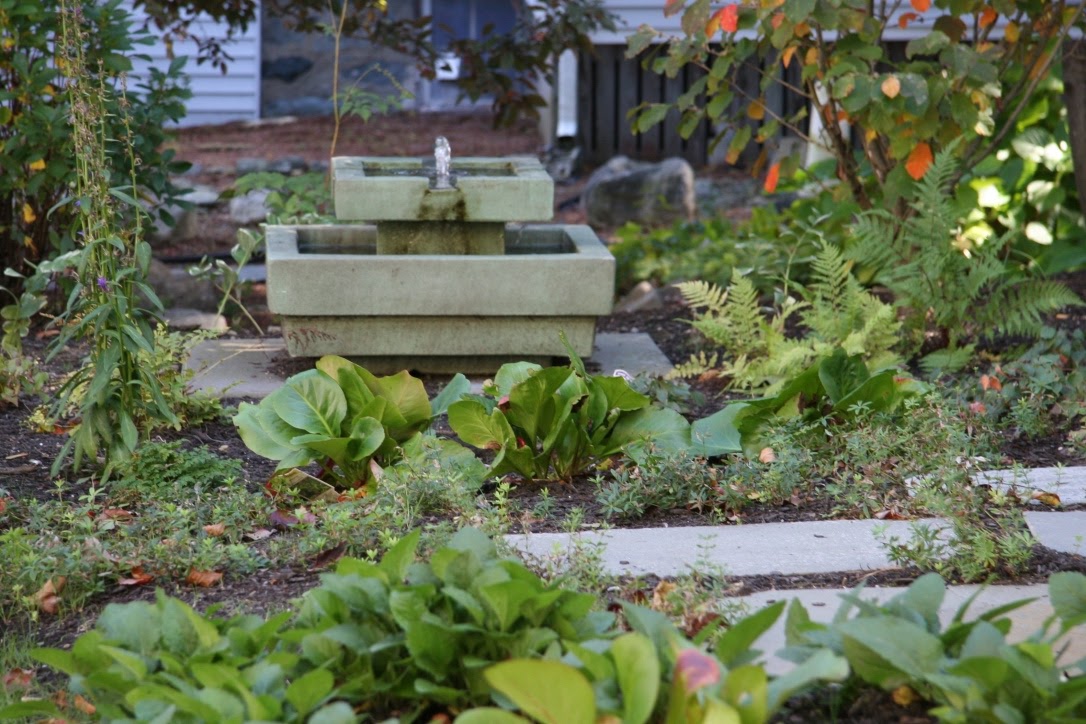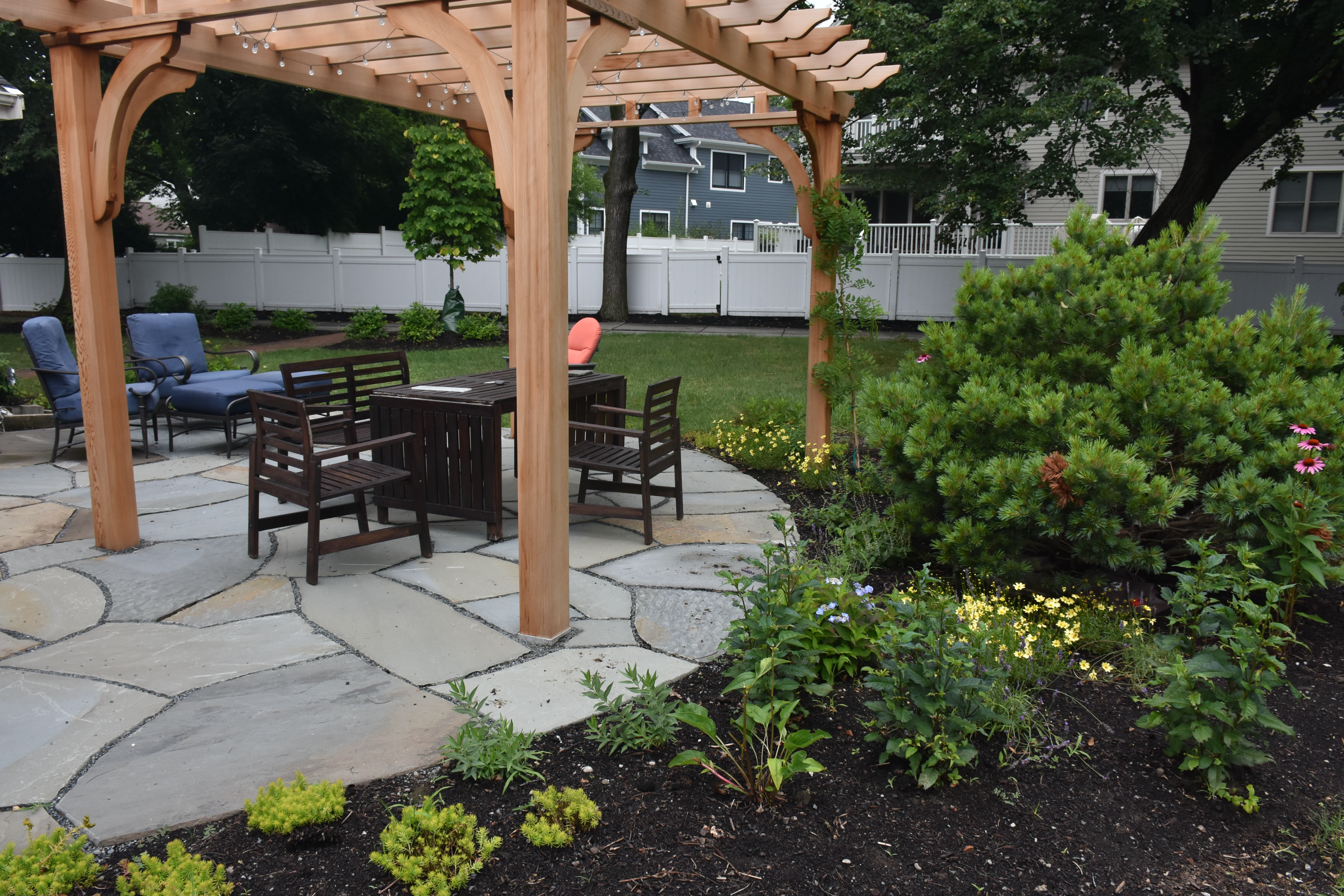It’s not uncommon for homeowners to feel stuck with an outdoor space that’s seen better days. When you’re confronted with overgrown shrubs, patchy grass or a patio that hasn’t hosted a gathering in years, it can be hard to know where to begin.
But you don’t need to have it all figured out from day one. A thoughtful landscape design process gives you a clear path forward, helping you understand what you have and what you want — and how to bring it all together into a space that works for your life.
The Key Steps in the Landscape Design Process
Start with a Site Analysis
Good design starts with understanding the landscape you already have. You’ll save time, money and avoid choosing plants or layouts that just don’t fit.
Before choosing plants or sketching layout ideas, the first step is understanding the space. This is where site analysis comes in. It means observing the natural conditions of your property — factors like sunlight patterns, topography, drainage, soil type and existing features, such as hardscape elements and existing plants.
Clarify Your Goals
Once you know what you’re working with, the next step is deciding what you want from your outdoor space. Think about how you’d like to use it: Relaxing? Gardening? Hosting friends? Giving kids a safe place to play? These functions will shape your conceptual plan.
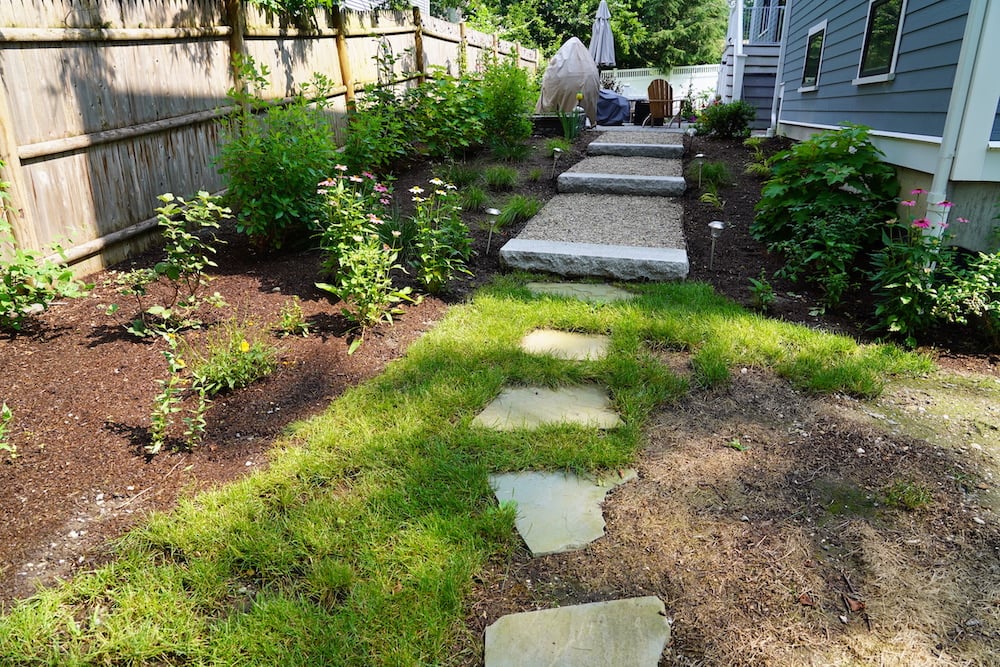
You’ll also want to think about layout basics — like where you might add walkways, gathering spaces, hardscapes like an outdoor kitchen, a play area or focal points (such as a flowering tree or a small water feature). This is the time to consider the design ideas that will make the space both useful and enjoyable.
Defining your goals helps ensure the final design fits your lifestyle — and is more than just a pretty picture.
Create a Master Plan
Your master plan is where ideas become more specific. It includes the layout of all key areas: planting beds, hardscape features like patios or paths and functional zones for things like dining, lounging, gardening or general outdoor living.
This plan takes your site analysis and goals and translates them into a clear, big-picture view of your landscape. You don’t need fancy tools — a hand-drawn sketch or a simple digital layout can work just fine.

A master plan keeps your project on track. Whether you do the work all at once or in phases, it gives you an essential roadmap to achieving your goals for your landscape.
Build a Planting Design
Now it’s time to plan what goes where. A strong landscape plan considers all of the design elements that make up your landscape: trees, shrubs, perennials and annuals that suit your soil, light and most importantly, goals. In Massachusetts, native and cold-hardy plants are usually a smart choice. Mixing textures, bloom times and plant heights helps create year-round interest.
You’ll also want a detailed planting plan, showing where each plant goes. Keep in mind your existing plants — some may be worth keeping or moving.

The right plant choices not only look good — they’ll thrive long-term with less maintenance and better results.
Finalize Your Design
With your plan and plant list in place, you’re ready to begin your landscaping project and bring your renderings and conceptual design to life. Your final design plan is your blueprint. You might start with hardscape features, then move on to planting, working in phases if needed.
Good planning makes the installation smoother and helps you stay within budget and timeline. With a clear plan, your yard transformation feels manageable — not overwhelming.

A neglected yard can be frustrating, but it doesn’t have to stay that way. With a step-by-step landscape design process, you can turn confusion into clarity — and create an outdoor space that’s both beautiful and functional. A smart design approach sets you up for long-term success.
To learn more about designing a custom landscape for your home, download our free ebook, The Mindful Homeowner's Guide to Transformative Landscape Design. If you're ready to get started on your new landscape project, or simply want to learn more about the process, you can contact our team here to schedule a free consultation. We'd love to talk to you!


